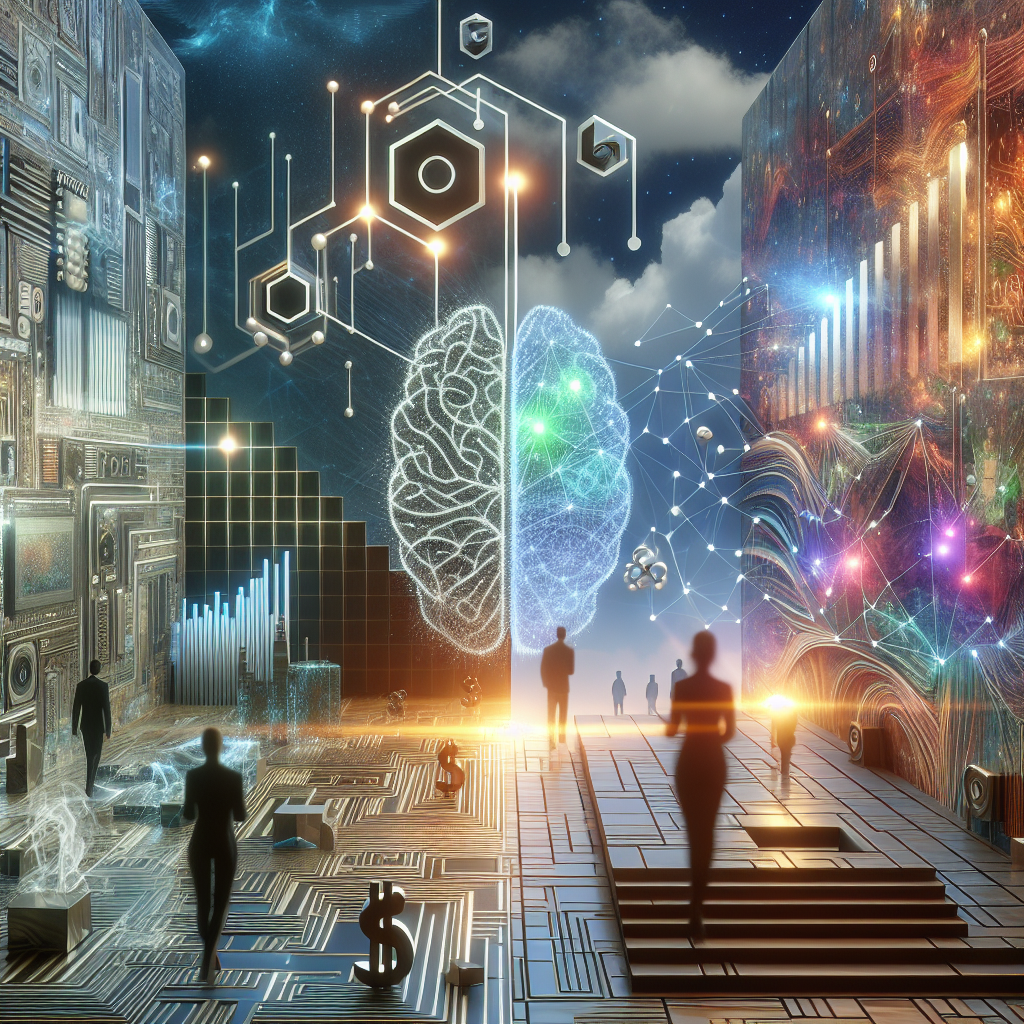Rethinking AI: Moving Beyond GPUs to Cost-Effective Solutions
The surge in artificial intelligence (AI) capabilities has led to an ever-increasing obsession with Graphics Processing Units (GPUs). These powerful components have traditionally been the backbone of AI research and application, enabling rapid computations necessary for deep learning and data analysis. However, as the landscape of AI technology evolves, a critical need to rethink this GPU reliance emerges. Several alternative solutions offer a pathway to a more cost-effective, efficient, and scalable AI future.
The GPU Dilemma
GPUs have dominated the AI field for several reasons:
However, the GPU market is evolving, and the limitations are becoming apparent. The dependency on high-cost GPUs presents challenges not only in terms of financial expenditures but also in the overall accessibility of AI technologies. This has raised alarms within the tech community, prompting experts to investigate feasible alternatives.
The Financial Burden of AI
AI research and deployment often require costly hardware investment. For startups and smaller companies, the expense of procuring multiple GPU units can be prohibitive. According to research, the cost of entry into advanced AI applications can range from tens of thousands to millions of dollars depending on the scale of operations. This raises pivotal questions:
Is GPU dependency stifling innovation?
Can we democratize AI without losing computational power?
Addressing these questions is essential for the sustainable growth of AI technologies.
Exploring Alternative Hardware Solutions
As the challenges of GPU dependency mount, it’s vital to consider alternative hardware solutions. Here are some promising options currently gaining traction in the AI community:
1. Tensor Processing Units (TPUs)
Developed by Google, TPUs are specifically designed for neural network machine learning. They offer several advantages:
TPUs can process data far more efficiently for specific machine learning tasks, providing a viable alternative for data-intensive applications.
2. Field-Programmable Gate Arrays (FPGAs)
FPGAs allow for custom hardware designs tailored to specific applications. Key benefits include:
The adaptability of FPGAs makes them a worthy consideration for companies seeking to customize their AI workloads.
3. Application-Specific Integrated Circuits (ASICs)
ASICs, much like FPGAs, are hardware specifically designed for certain applications. They are:
While ASICs cannot match the generalization capabilities of GPUs, their application-specific nature can lead to significant cost savings and performance boosts.
Software Innovations: A Complement to Hardware Solutions
While hardware changes are crucial, the software aspect of AI also demands attention. Innovations in AI frameworks and algorithms can lead to more efficient computational methods. Here are some software innovations that can optimize AI performance:
1. Model Distillation
Model distillation is a technique in which a “smaller” model learns to replicate the behavior of a “larger” model. This results in:
As AI researchers apply distillation techniques, they are unlocking ways to maintain accuracy while drastically reducing the resources required.
2. Efficient Neural Networks
Improving the architecture of neural networks is another strategy. Techniques such as pruning, quantization, and more efficient activation functions can lead to:
By refining models, the performance gap between GPU-bound systems and alternative architectures narrows considerably.
3. Cloud Computing
Cloud platforms are changing how AI resources are accessed. Services like AWS, Google Cloud, and Azure offer flexible pricing and can help reduce hardware investments. The benefits include:
Cloud-based solutions provide startups and enterprises alike with a means to tap into cutting-edge technology without the prohibitive costs of hardware acquisition.
Strategies for Businesses to Transition Away from GPUs
Transitioning from GPU reliance to more sustainable solutions requires a well-planned strategy. Here are effective approaches businesses can implement:
1. Assess Current Needs
It’s vital for businesses to evaluate their current AI projects and the hardware requirements they necessitate. This assessment should consider:
A thorough understanding of company needs allows for more informed decisions regarding hardware investments.
2. Pilot Alternative Technologies
Before fully committing to alternative hardware solutions, companies should pilot projects using TPUs, FPGAs, or ASICs. This testing phase can provide valuable insights into which technology best suits specific AI tasks. It also serves as a proactive learning opportunity to understand integration challenges and potential limitations.
3. Invest in Training and Development
Staying ahead of the technology curve requires continuous training. Organizations should invest in upskilling their teams to:
An informed and skilled workforce is better equipped to leverage innovative solutions, ensuring a smoother transition to new technologies.
Conclusion
The shift away from GPU dependency in the AI landscape represents an exciting evolution in technology. By embracing alternative hardware solutions and innovative software practices, businesses can potentially slash operational costs while enhancing efficiency. As AI continues to permeate various sectors, those ready to adapt to these emerging technologies will find themselves at the forefront of the revolution. The challenge of rethinking AI is not just necessary—it’s an opportunity to democratize access to cutting-edge technology for innovators and enterprises alike, fostering an environment ripe for innovation and progress.
Ultimately, moving beyond GPUs is not a dismissal but a recognition of the broader landscape of possibilities, where companies can thrive on diverse architectures while leaving room for further innovation that benefits the AI ecosystem.




